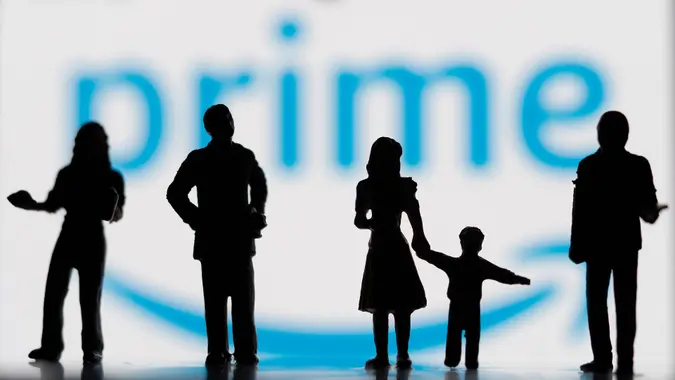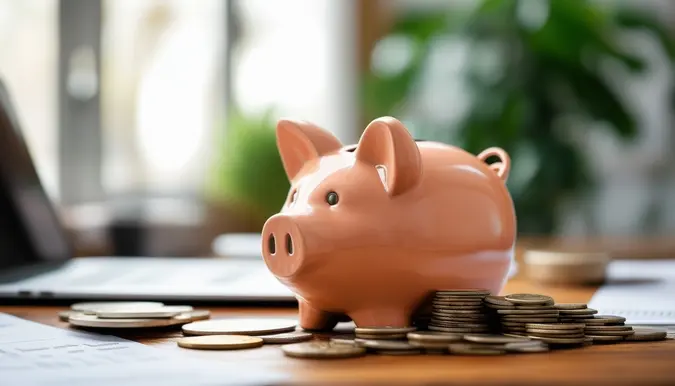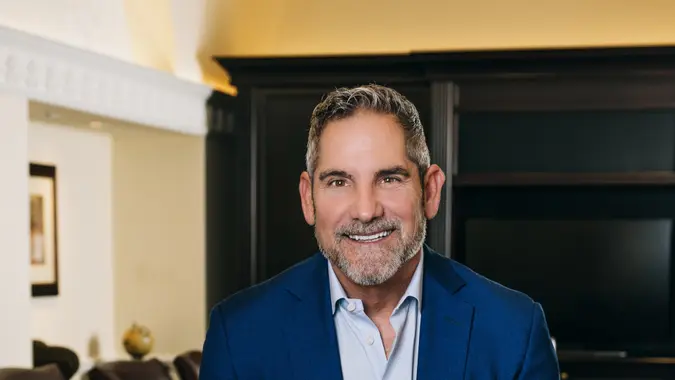Dissatisfied With Your Savings? 5 Ways Millennials Can Save More Starting Today

Commitment to Our Readers
GOBankingRates' editorial team is committed to bringing you unbiased reviews and information. We use data-driven methodologies to evaluate financial products and services - our reviews and ratings are not influenced by advertisers. You can read more about our editorial guidelines and our products and services review methodology.

20 Years
Helping You Live Richer

Reviewed
by Experts

Trusted by
Millions of Readers
When it comes to saving money, some millennials aren’t in the best situation. More than 40% of them are dissatisfied with the amount of money they have saved, according to a recent Marist Poll.
Thankfully, there are ways to increase savings. Here are five ways Americans, and millennials in particular, can save more money beginning today.
Automate Your Savings
Remembering to save money is challenging when you’re dealing with life’s responsibilities. If you often forget to save, simplify it by automating your savings. Doing this means you’re paying yourself first and then living on what you have left.
“People who save successfully pay themselves first. The savings needs to happen automatically, so every month the money is being transferred to a savings account automatically, and then, they’re spending what’s leftover,” said R.J. Weiss, CFP, founder of The Ways to Wealth.
Most banks let you automate saving for free. Your employer may even let you automate a portion of each paycheck to a savings account.
Save Small Amounts
Hearing that you need to save 15% of your income for retirement can be overwhelming if you’re not currently saving. Don’t let that hinder you from saving altogether. Weiss encouraged millennials to leverage tools to level up their efforts to save.
“Don’t discount micro savings apps, such as Acorns, that let you get started investing by investing a few dollars at a time,” Weiss said.
Micro savings apps round up purchases, allowing you to invest small amounts. Moreover, most apps have features, such as automated transfers, to help encourage saving.
Stop Dining Out
Dining out is fun but has become an increasingly expensive endeavor in recent years. The average person spends over $3,900 annually dining out, according to the most recent U.S. Bureau of Labor Statistics data available.
This equates to over $325 monthly on eating out. If saving is a struggle, cut your eating out in half and apply the savings to debt repayment or other specific financial goals.
You don’t have to go cold turkey, but make dining out more purposeful. If you must dine out, look for deals and coupons to reduce the overall cost.
Cancel Unnecessary Subscriptions
It seems like everything has a subscription today. If left unchecked, it’s easy for subscription costs to get out of hand and make saving difficult. The average person spends $91 per month on subscription services, per CNET. That adds up to over $1,000 per year.
If you’re struggling to save, take an honest look at your subscriptions to identify what you can cut. Streaming services are a perfect example. If you’ve not used an app in the last month, cancel it and claw back the savings.
Do this with other services too. Assuming there’s no cancellation fee or contract, that instantly puts more money in your budget to save or apply toward other needs.
Avoid Buying New
If saving is a struggle, it’s time to embrace secondhand shopping. Buying new may seem like it carries a certain cachet, but it may not be worth the extra cost.
Instead, opt for buying used when you can. You can apply this to everything from clothing to furniture. More young adults are turning to resources like Facebook Marketplace and similar platforms to save on secondhand items, according to The New York Times. You never know what you may find, and there’s little sense to pay more for something than you need to.
Regular analysis of your spending is necessary to help optimize savings. You won’t always hit your goals, but monitoring your habits will help streamline your efforts. Don’t overlook having a separate account to stash your savings. “You want your accounts to have a purpose, and if money is in your checking account, it’s likely going to get spent. So, have a separate bank account, for your emergency fund, as well as savings for short-term goals,” Weiss said.
More From GOBankingRates
 Written by
Written by  Edited by
Edited by 

























